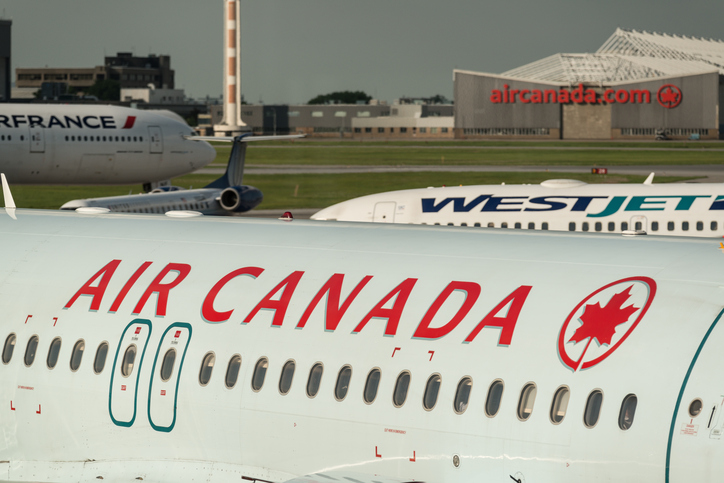A potentially “catastrophic” incident involving an Air Canada passenger jet that overflew other aircraft at close range on a San Francisco International Airport taxiway was the result of crew errors, the U.S. National Transportation Safety Board (NTSB) said yesterday.
Air Canada flight 759 from Toronto was set to land on runway 28R in July 2017 but instead headed for a parallel taxiway where four airplanes were awaiting clearance. The aircraft overflew two of the planes and flew as low as 60 feet (18.29 meters) before starting to climb to avoid landing.
The NTSB said the incident stemmed from the flight crew’s lack of awareness of a runway closure and cited the airline’s ineffective presentation of approach information among other issues.
“The mistakes identified in this report highlight the need for further review of approach and landing procedures,” said NTSB Chairman Robert Sumwalt. “This event could very easily have had a catastrophic outcome.”
Air Canada said in a statement it would review the final report and its recommendations. The airline noted that, based on internal reviews and work with U.S. and Canadian authorities, it had “implemented measures to refine its training and procedures, and it has acquired new technology to further advance safety.”
The NTSB’s probable cause findings cited fatigue as a contributing factor, noting that while the flight crew’s work schedule complied with Canadian requirements, the captain would not have complied with U.S. fatigue management rules.
Canada has been working to change its fatigue management rules for pilots since 2010, said Dan Adamus, president of the Air Line Pilots’ Association, Canada.
Currently, Canadian pilots are limited to a 14 hour duty day or work period from the time when they check in at the airport. But pilots can also be reserved, or on call, for hours before they arrive at the airport which makes it harder to plan for rest, Adamus said.
Canada has proposed changes to cap a pilot’s combined duty day and reserve period at 18 hours, depending on the starting time.
Dan Elwell, the Federal Aviation Administration’s acting administrator, said in a statement that “reducing the risk of wrong-surface events is one of the FAA’s top priorities.”
The FAA is using a type of Airport Surface Detection Equipment at 35 major airports that enables controllers to detect potential runway conflicts, the agency said. In September 2017, the FAA began testing a modification to detect and issue alerts for aircraft lined up for taxiways.







